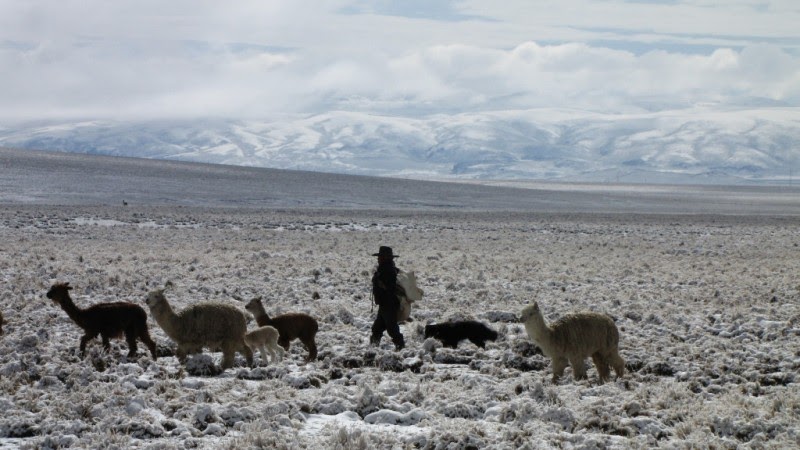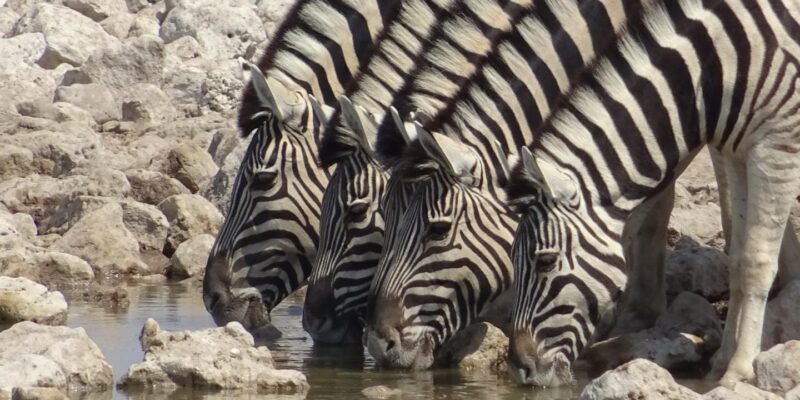Steph shares her experience as an intrepid traveller and netball enthusiast as she enjoys her…
What’s it like at high altitude?
What is high altitude?
High altitude is considered 1524m to 3505m above sea level. From there up to 5486 metres is very high, and anything above that is extreme altitude.
To give you an idea of how high that is, Aoraki/Mt Cook is 3724m high, and New Zealand’s highest altitude urban township is National Park Village just outside Tongariro National Park at 825m above sea level. If you’ve done the Tongariro crossing you’re getting up there but not really close at only 1120m. However, take any of the tours Southern Exposure Tours do that visit Peru, for example, and you’d need to be aware of how your body might react to being at high altitude. Machu Picchu, a major attraction, is located at 2430m metres above sea level. However, Cusco, where you’ll be overnighting is at 3400m above sea level.
What does it feel like?
Compared to sea level, at high altitude the environment is totally different; the air thinner, pressure lower and temperatures are much colder.
It’s a strange concept thinking about air having weight because we can’t feel it. At sea level the weight of the air above compresses the air around us making it denser, meaning there are plenty of oxygen molecules. As you get higher, there is less atmospheric pressure compressing the air around you and therefore fewer oxygen molecules.
Being at high altitude, your breathing is fast and deep, like you just can’t catch your breath. Along with that comes other symptoms associated with a lack of oxygen, a pounding head and blurry vision, like you’re about to faint.
It’s a double whammy. Not only is there less oxygen to breathe in, because the air pressure is lower outside your body than it is inside, your body struggles to pull in the thinner air and get that vital oxygen pumping through your veins; your heart rate and blood pressure rises.
Whilst being at high altitude might make you feel strange, the height at which you really need to be careful is 2500m and above, this is when altitude sickness can occur. It is possible below this level, but rare. And the higher you go, the greater the risk increases.
How to prepare for being at high altitude.
There are magnificent sights to be seen and adventures to be had at high altitude so don’t let any of that put you off. Your body will acclimatise and adapt to its new environment. Here are a few tips to help ease the worst of the symptoms.
Before you go:
- Train for it. You will need to be fit to handle high altitude if you are going hiking, like on the Inca Trail. So make sure your exercise regime gets you huffy-puffy. Find steep hills to walk up if you can, and if you’re going to be carrying a pack make sure you factor this in.
- Consult your doctor, there may be medication you can take such as Diamox.
- Make sure you have good travel insurance just in case you do need to seek medical help while abroad.
- Take it easy when you first arrive, walk slowly and let your body adapt. The more stress you put on it, the longer you’ll take to acclimatise.
- Stay hydrated, drink lots of water.
- Avoid alcohol.
- Eat slow burning, high-energy foods like carbs.
- You may find sleeping difficult as your heart and breathing slows even more overnight so it may be necessary to prop yourself up a little.
- Drink lots of coca tea. If you’re in Peru or Bolivia you’ll find it’s readily available in your hotel at all times.
- And depending on where you’re staying there may be supplementary oxygen available so ask your hotel staff or tour guide.
- Know the danger signs and have a plan in case you do become ill.



